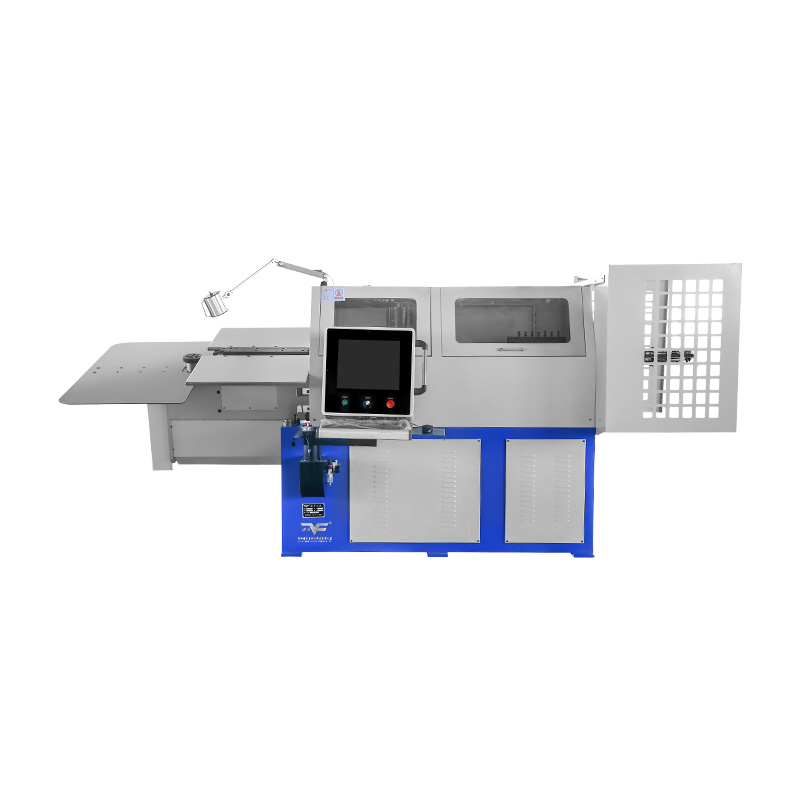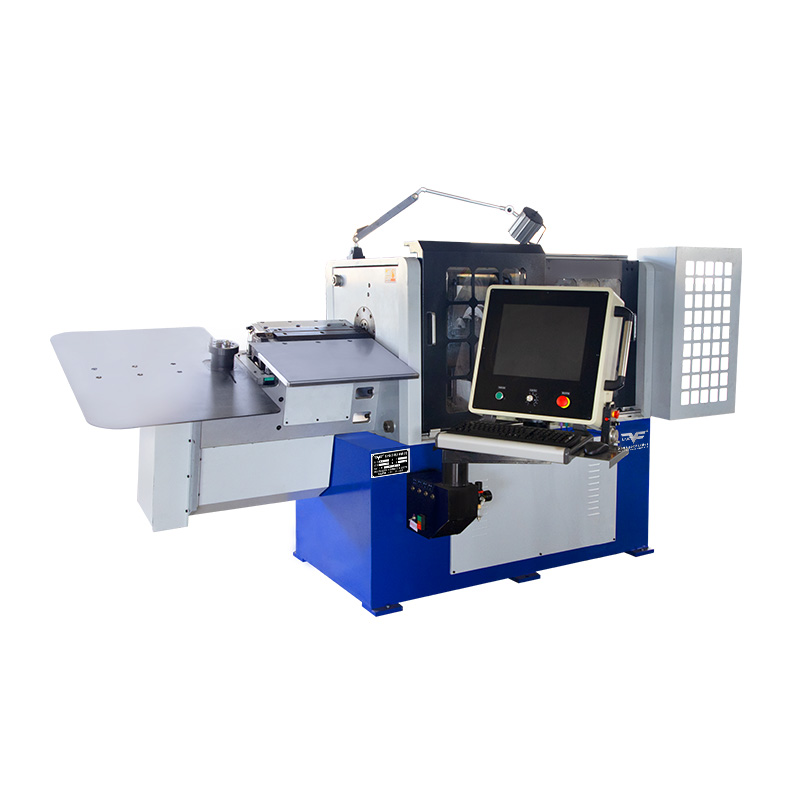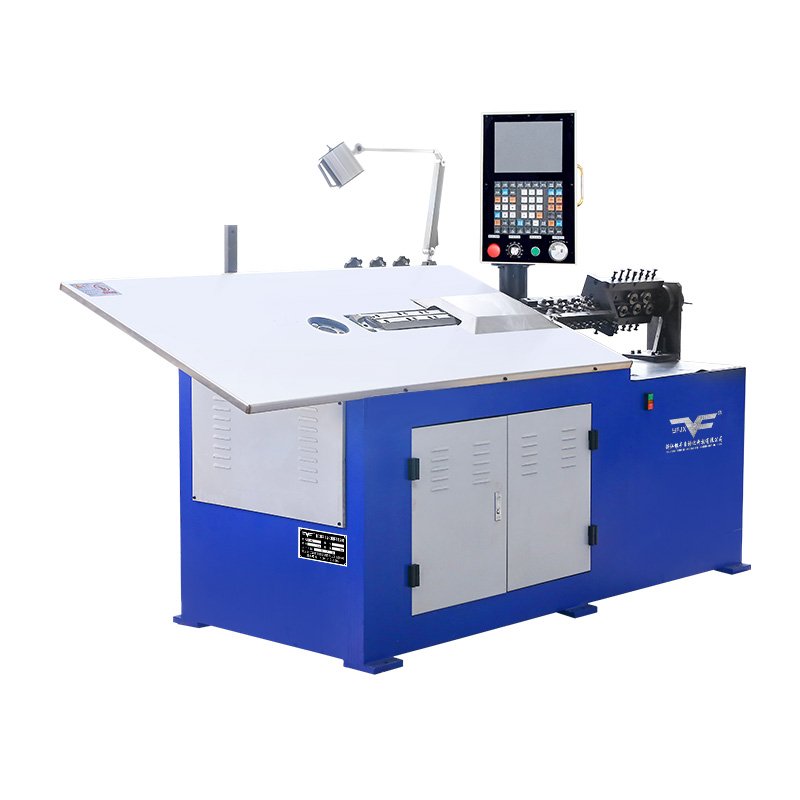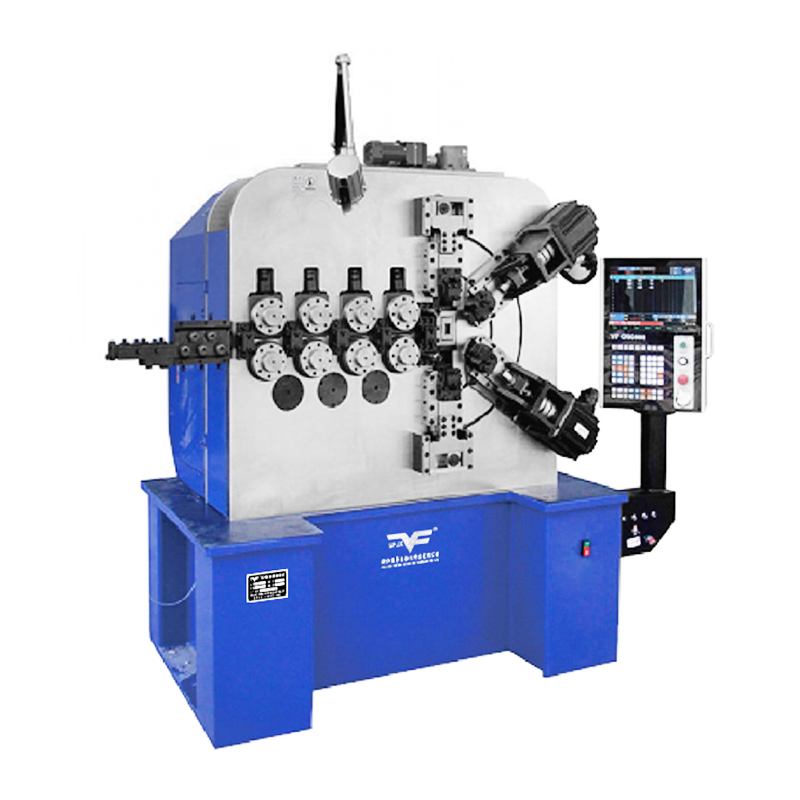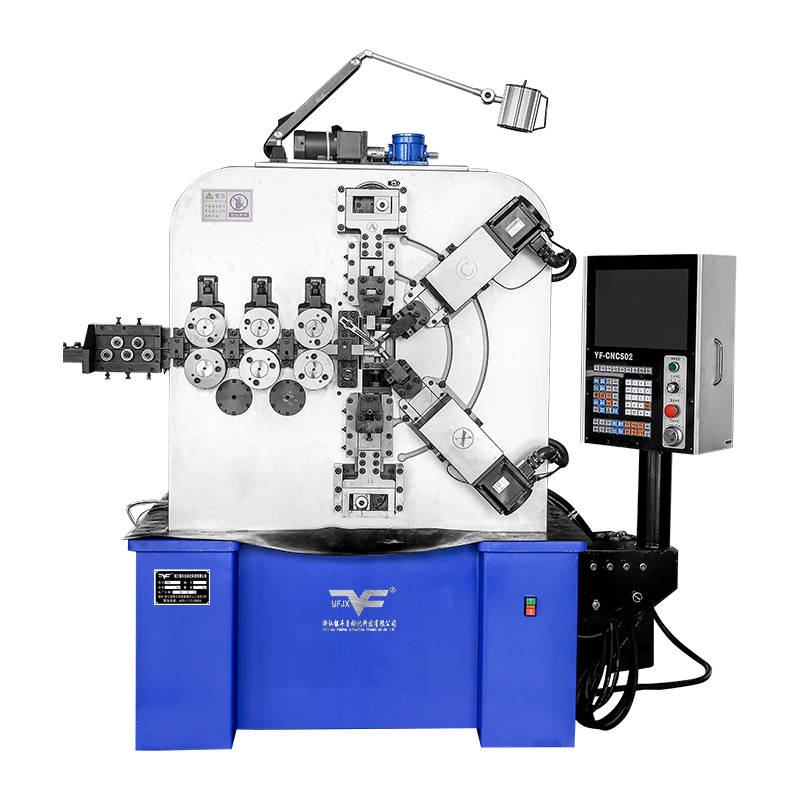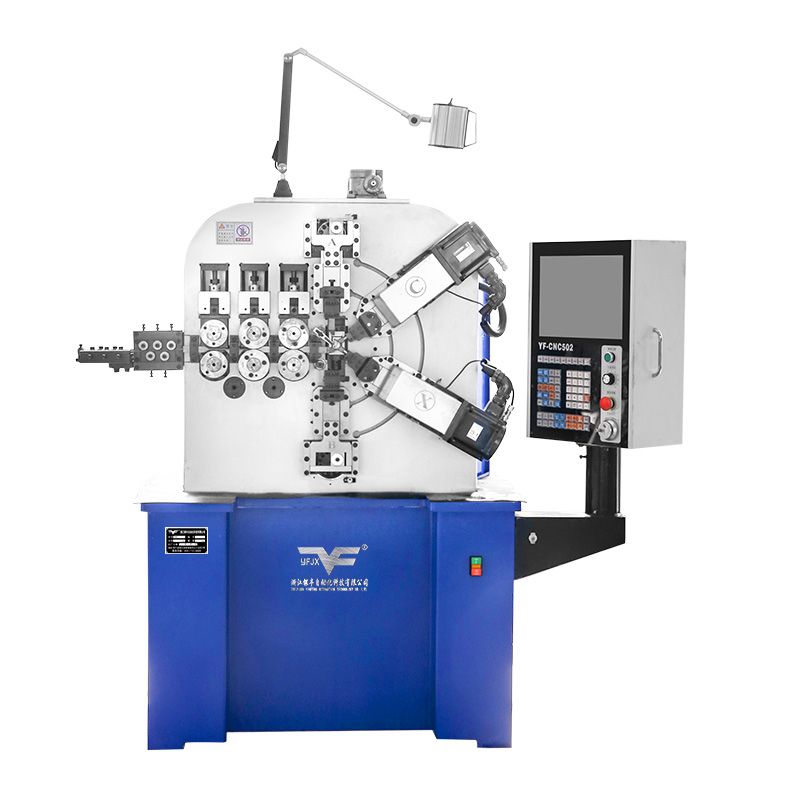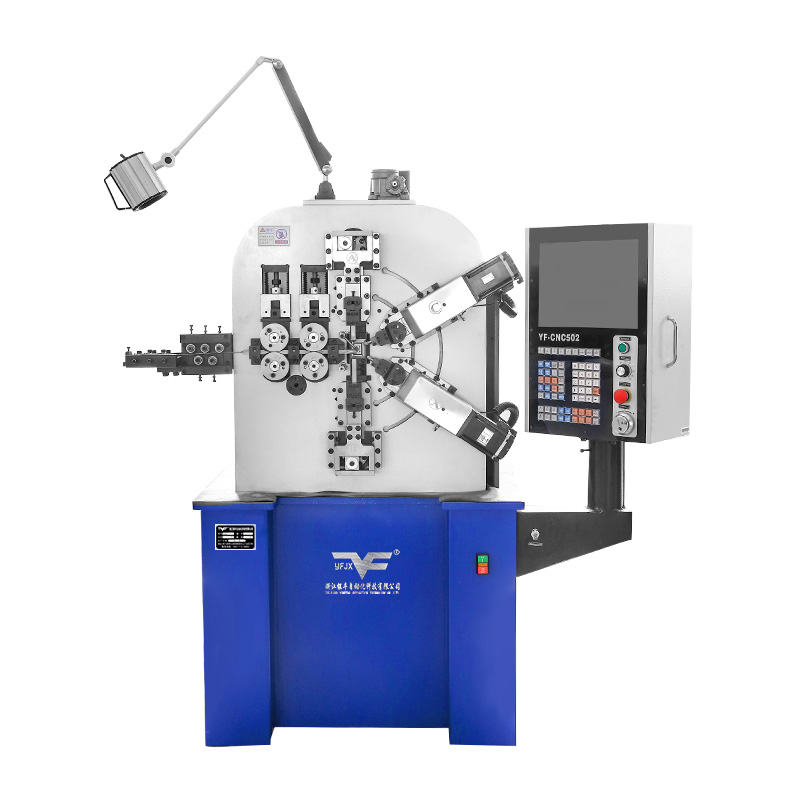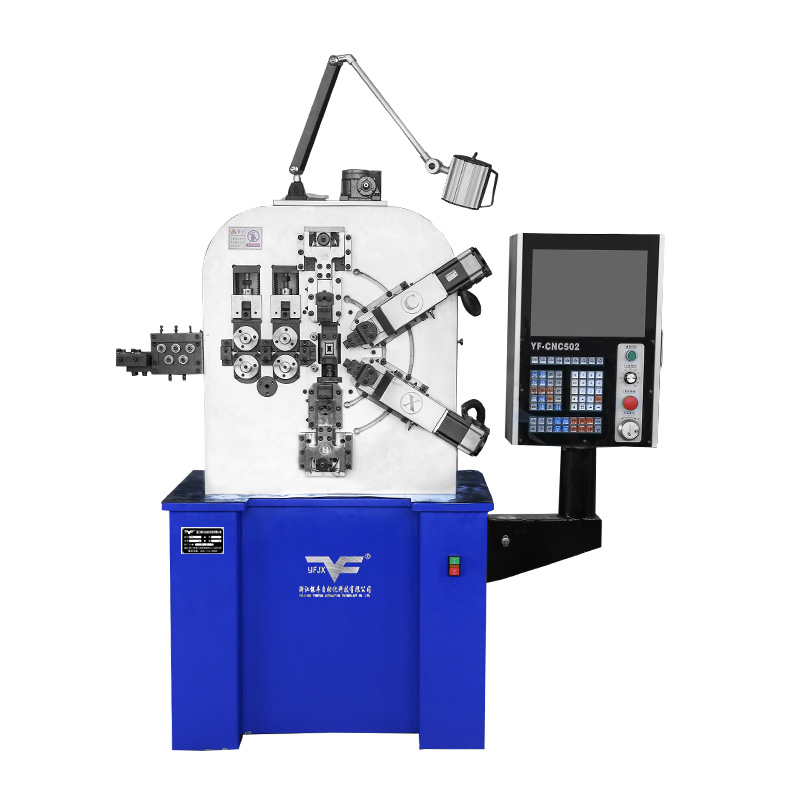CNC Coiler Technology Expands In Precision Spring Manufacturing
Industry News-In recent years, the role of the CNC coiler in precision spring manufacturing has seen noticeable development. As product design becomes more compact and performance expectations grow across industries, manufacturers are turning to automated solutions to meet tighter tolerances and consistent spring quality. Among these innovations, the CNC Spring Coiling Machine has emerged as a key piece of equipment that brings measurable benefits in wire forming and spring shaping.
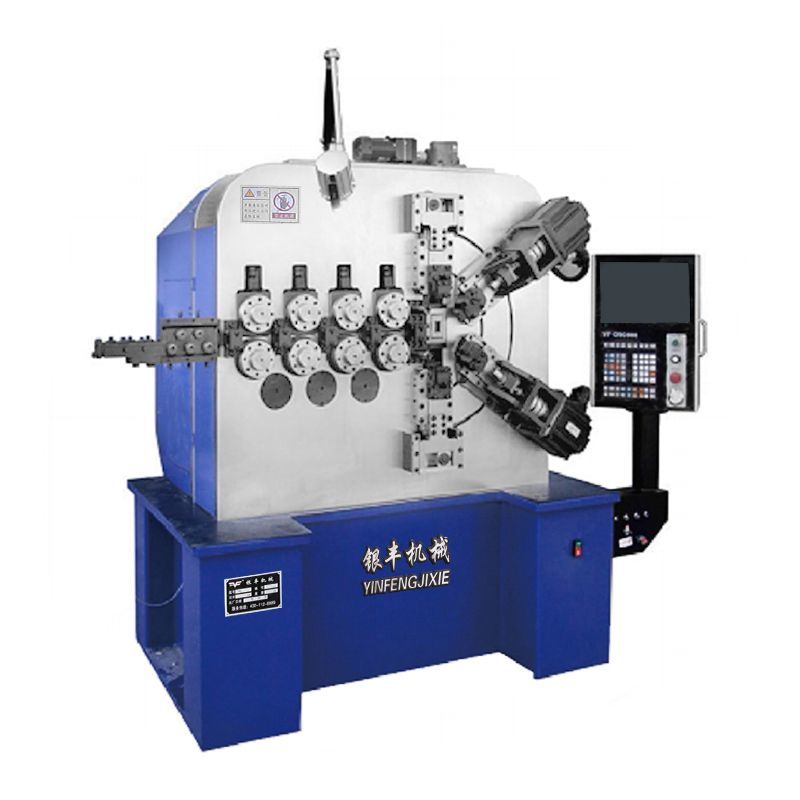
The CNC coiler allows for the creation of diverse spring types, including compression, tension, and torsion springs. With digital control systems, this equipment ensures high repeatability, making it a reliable choice for operations that require uniformity. Because of its precise control mechanisms, the CNC coiler can adjust multiple parameters, such as pitch, coil diameter, and number of turns, with small manual involvement. This contributes to both production consistency and reduced cycle times.
The CNC Spring Coiling Machine provides manufacturers with the flexibility to shift between different product specifications quickly. This is especially useful for companies handling a wide variety of custom orders or short production runs. By programming the desired spring design directly into the machine's control interface, changeovers become less time-consuming and less dependent on skilled manual adjustment. These machines are capable of producing complex geometries that may be difficult to achieve with conventional equipment.
What distinguishes the CNC coiler is its use of servo motors and computerized feedback systems. These features support precise positioning and real-time corrections during the coiling process. As a result, the output is more stable, even when working with delicate or high-tension wire materials. Such control has made CNC coiler technology increasingly attractive to manufacturers serving industries like electronics, automotive, and medical devices, where spring function directly affects product performance.
Integration of sensors and monitoring tools into the CNC Spring Coiling Machine further enhances its capabilities. These sensors can detect wire feeding inconsistencies or coil shape variations, helping to avoid defects before they accumulate. When the machine identifies such issues, automatic adjustments can be made during operation, reducing the need for post-production inspection and material waste.
As production requirements evolve, the CNC coiler has demonstrated adaptability by supporting new wire materials, including stainless steel, copper alloys, and other specialty metals. This versatility ensures that the CNC Spring Coiling Machine remains relevant in an environment where product demands are constantly shifting. The ability to process both small and medium-diameter wires makes it suitable for a wide range of industrial needs.
Training operators for the CNC Spring Coiling Machine has also become more streamlined, thanks to user-friendly interfaces and built-in tutorials in many systems. This ease of use allows companies to onboard new technicians without extensive downtime. Additionally, maintenance of the CNC coiler is generally simplified by modular design and access to machine diagnostics through the control panel.
The expansion of CNC coiler technology in precision spring manufacturing shows a clear shift toward greater automation and control. As quality demands and product diversity increase, the CNC Spring Coiling Machine stands out as a practical solution to manage these expectations without compromising production efficiency. Its impact is not limited to large manufacturers; even smaller facilities benefit from the reduced need for manual correction and increased output stability.
The CNC coiler and the CNC Spring Coiling Machine have become essential components in modern spring production setups. Their precision, flexibility, and integration potential help manufacturers achieve consistent results in demanding applications. As technology continues to move forward, the role of CNC-based systems in spring forming is expected to grow, further solidifying their place in advanced manufacturing environments.

 English
English русский
русский Español
Español 简体中文
简体中文